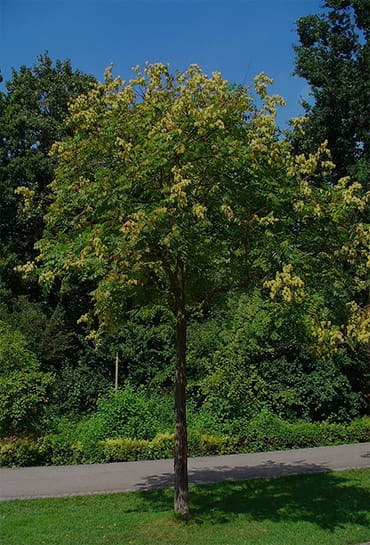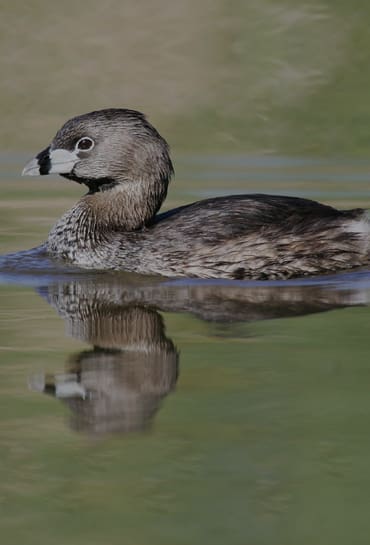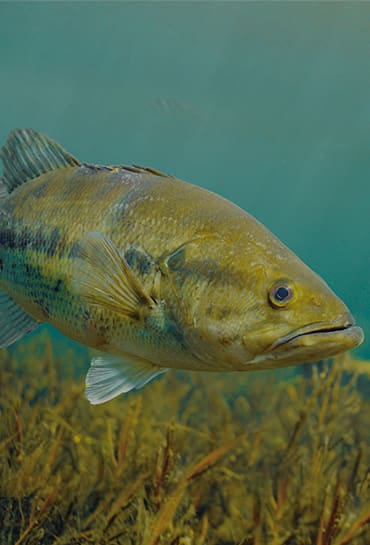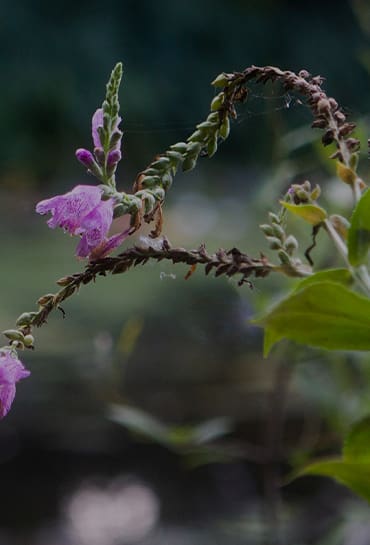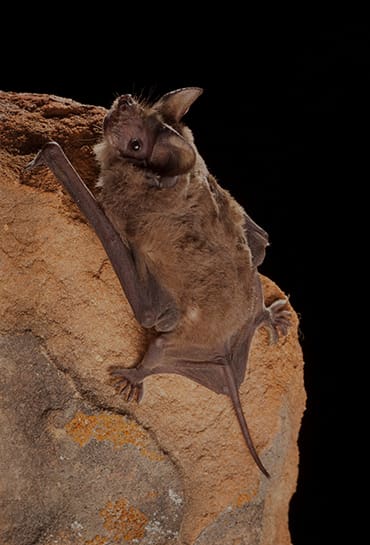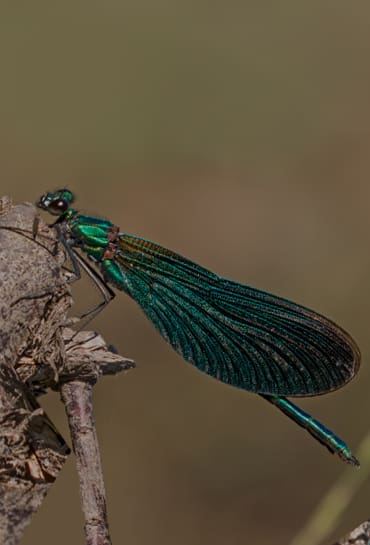Nature
Wildlife Along the Trail
The Lake and the nearby natural areas attract migratory birds, resident wildlife and butterflies due to the abundance of food, water and shelter they offer. Without effective conservation practices, Austin may lose creatures vital to our ecosystem.
Animals
0
Plants
0
Trees
0
Visitors per Year
0

